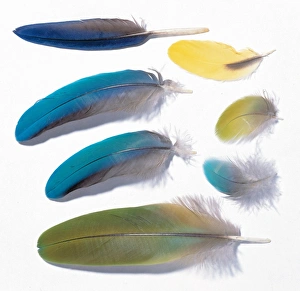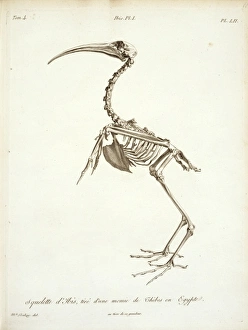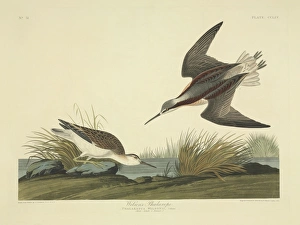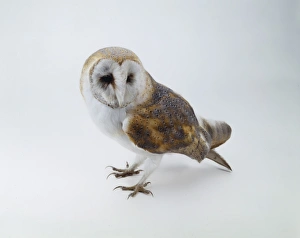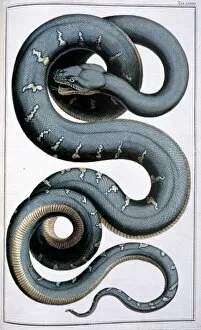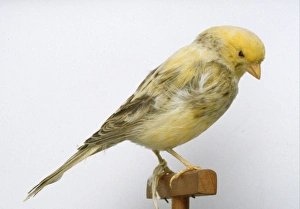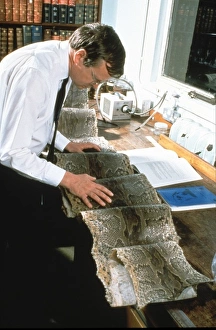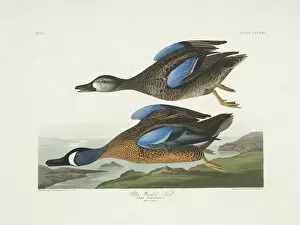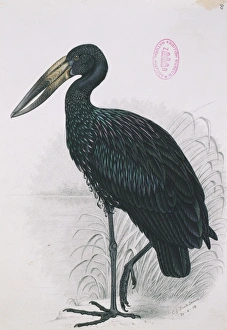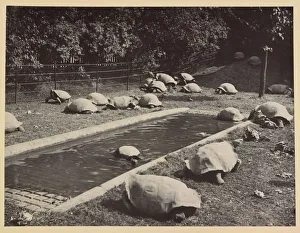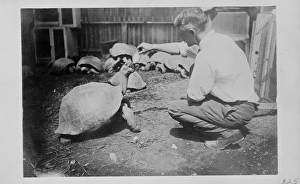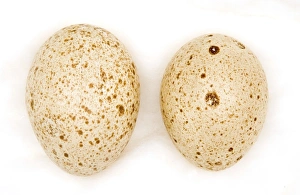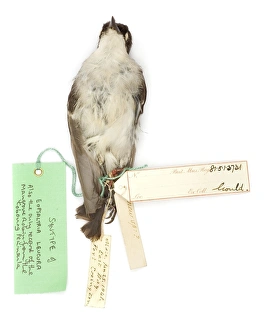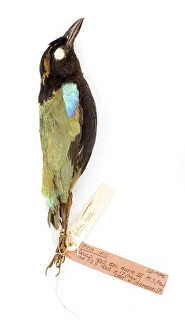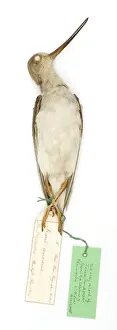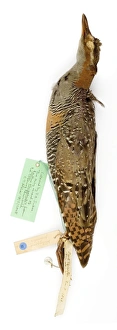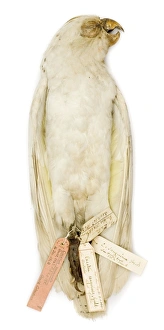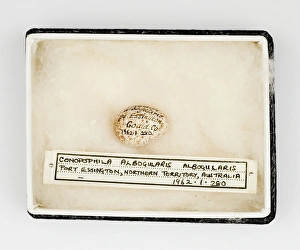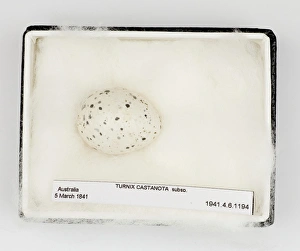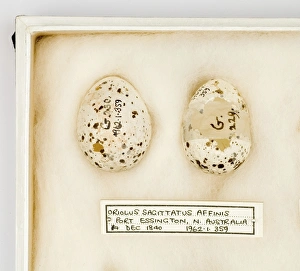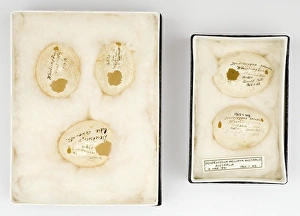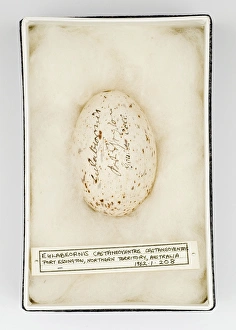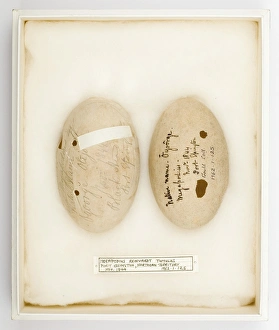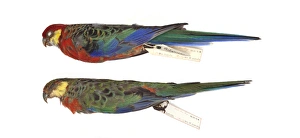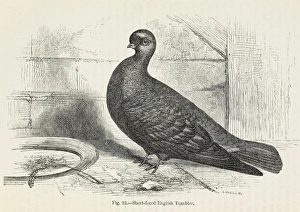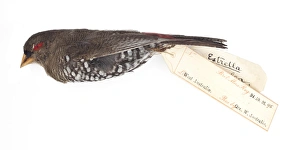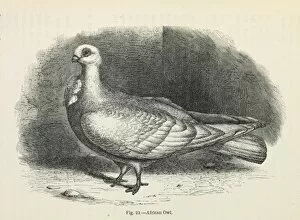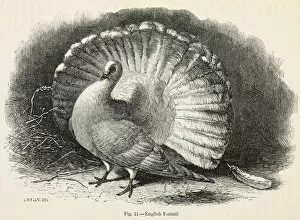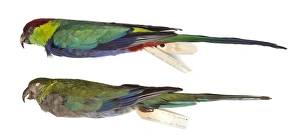Sauropsid Collection (page 6)
"Sauropsids: A Diverse World of Ancient and Modern Creatures" From the majestic Tui, both young and adult, to the striking Melanistic var
All Professionally Made to Order for Quick Shipping
"Sauropsids: A Diverse World of Ancient and Modern Creatures" From the majestic Tui, both young and adult, to the striking Melanistic var. Of the New Zealand Fantail on the left, the world of sauropsids is filled with wonders. The Cygnus atratus or black swan glides gracefully across serene waters while falconry equipment showcases our age-old bond with these magnificent birds. Delving into history, we encounter the Archaeopteryx fossil known as Berlin specimen C016 / 5071, a remarkable link between dinosaurs and birds. Meanwhile, male and female Huia birds captivate us with their unique beaks in vibrant colors. The Calyptorhynchus funereus or yellow-tailed black cockatoo stands out amidst its surroundings with its striking plumage. Traveling back even further in time, we meet Iguanodon and Hylaeosaurus roaming The Wealden landscape as restorations at Crystal Palace Park bring them to life once again. In contrast to these land-dwelling creatures, the Short-nosed vine snake (Ahaetulla prasina) slithers through dense vegetation while Falco peregrinus or peregrine falcon soars high above. Finally, Scleromochlus takes us back millions of years ago when it roamed Earth's ancient landscapes. From prehistoric giants to modern-day marvels like falcons and snakes, sauropsids have evolved over time but continue to fascinate us with their beauty and diversity.



